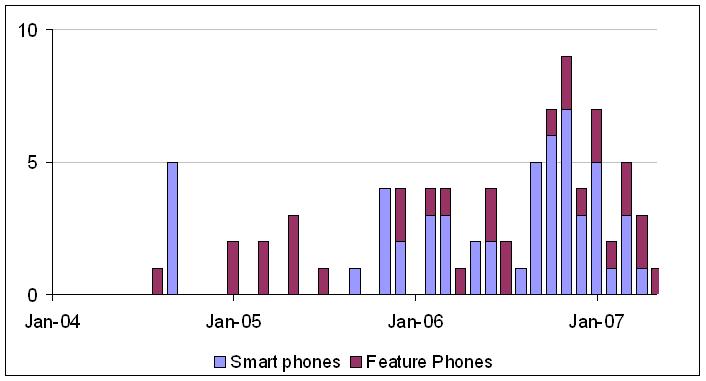I am at the VoIP Developer Conference in Santa Clara today and tomorrow. Paul Amery, the man behind Skype’s developer outreach program gave a relaxed and engaging talk on Wednesday morning. He gave some numbers and some advice to developers.
First, the numbers: there are now almost 200 million registered users of Skype. 30% of Skype users use it for business calls. In December 2006 Skype 3.0 started putting add-in programs right in the menu of the on-screen phone rather than leaving them in a “back end gallery” on the website. Downloads of “Skype Extras” went from 25 thousand a month to 3 million a month as a result of this change. The most popular download is Crazy Talk, a lip syncing avatar that you can use in video calls even if you don’t have a camera. It has been downloaded 4.5 million times since December. Gizmos Talking Heads is another top ten avatar. 30% of the downloads are games. When Skype sells one of your Extras you get 60% of the revenue.
Another number from Paul was that there are tens of thousands of third party developers building Extras. Clearly to succeed you have to stand out from the pack. Paul had a simple recipe for this: keep your software simple. What sells is what users can figure out in less than 10 seconds. This is so true; look at the revenues being made from ringtones.

